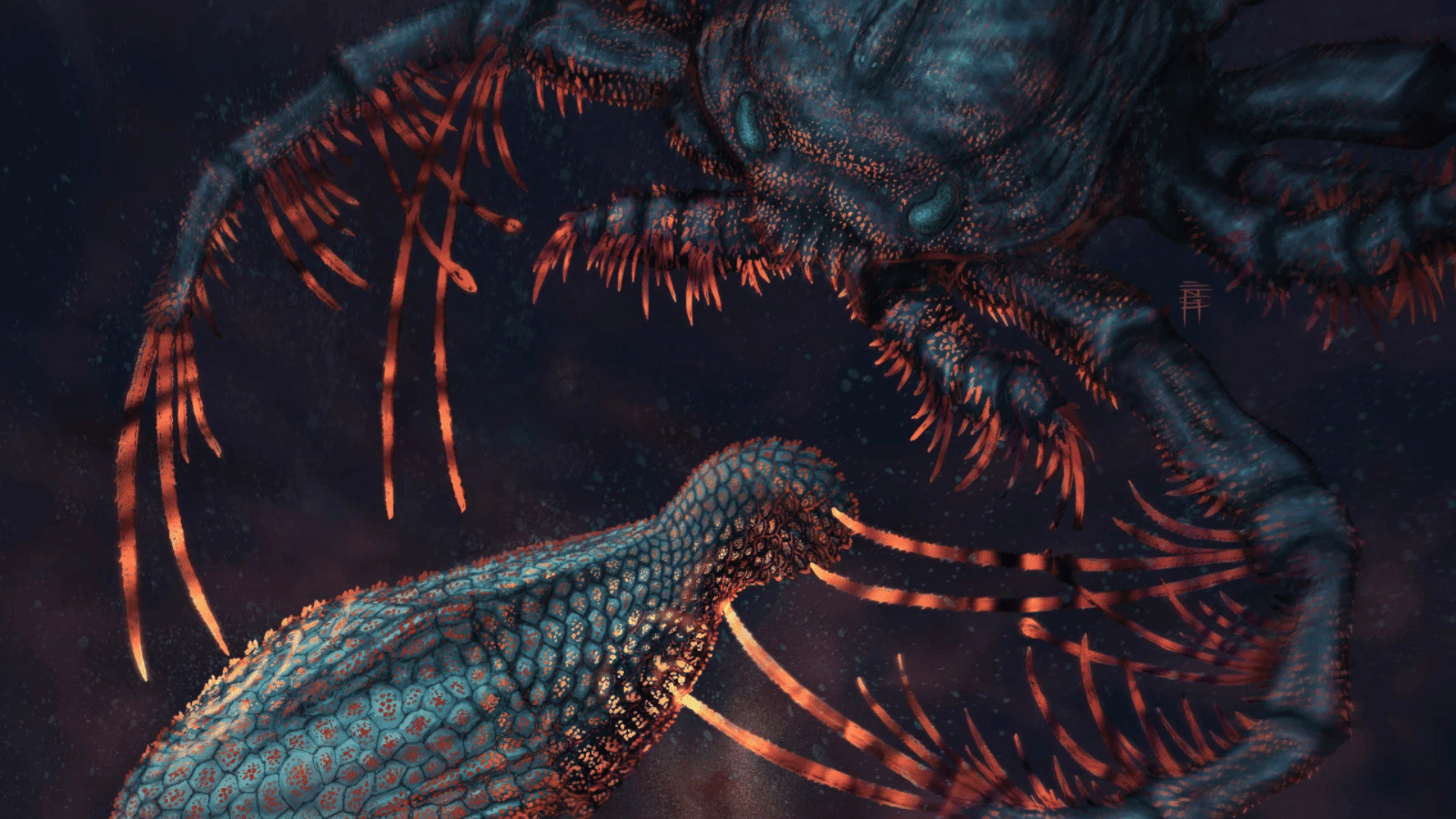Ever experienced that unpleasant sensation when you eat a cold treat and your teeth tingle painfully? Researchers have just traced the origins of that sensation back to prehistoric fish.
Ancient Armor to Toothaches

Yara Haridy, an evolutionary biologist at the University of Chicago, worked with colleagues to publish a study finding that the sensitivity of our teeth can be traced back to the exoskeletons of ancient, armored fish.
The team began the study in a very different place than they ended up. They first sought to find the answer to the question: How did skeletons first develop?
“Why are we not goopy creatures?” Haridy asked in an interview with NPR. “Before there was bone, there was no bone. What happened in between? Making a new skeleton is a brand new thing that hadn’t existed in evolutionary history, so I want to know how those cells evolved this ability and what tissue they made first.”
This line of questioning brought them to the first recorded vertebrate that existed approximately 500 million years ago, called Anatolepis. The team found that the Anatolepis hadn’t been imaged in detail previously, so they booked time at the Argonne National Laboratory’s particle accelerator to use its X-rays to obtain high-resolution 3D scans.
This led them to realize that the Anatolepis was no vertebrate; it was actually an invertebrate. This means that vertebrates emerged 20 to 30 million years later than previously believed.
Haridy then pivoted the study, working with her advisor at the University of Chicago, paleontologist Neil Shubin, to reframe by posing a different question: why did these flakes of invertebrate armor resemble the teeth of vertebrates?
Shrubin speculated that the answer could be about sensitivity, since the structure found in Anatolepis was for sensing. To further examine this theory, Haridy and her team studied ancient vertebrate fish whose bumpy exoskeletons scientists believe evolved into our teeth. They noticed the anatomy was very similar to Anatolepis.
“As fish evolved a jaw and started to feed more like predators,” Haridy stated, “it becomes very advantageous to have pointy things around your mouth.”
They also examined the tooth-like scales of shark, skate, and catfish embryos, finding nerves there. These findings suggest that the armor of ancient fish allowed them to sense the water around them. That armor eventually evolved into our teeth, which now possess the same ability to sense temperature and pain.
“That means those scales were useful every step of the way,” says Haridy. “And they just changed through time. And that’s the story of evolution.







